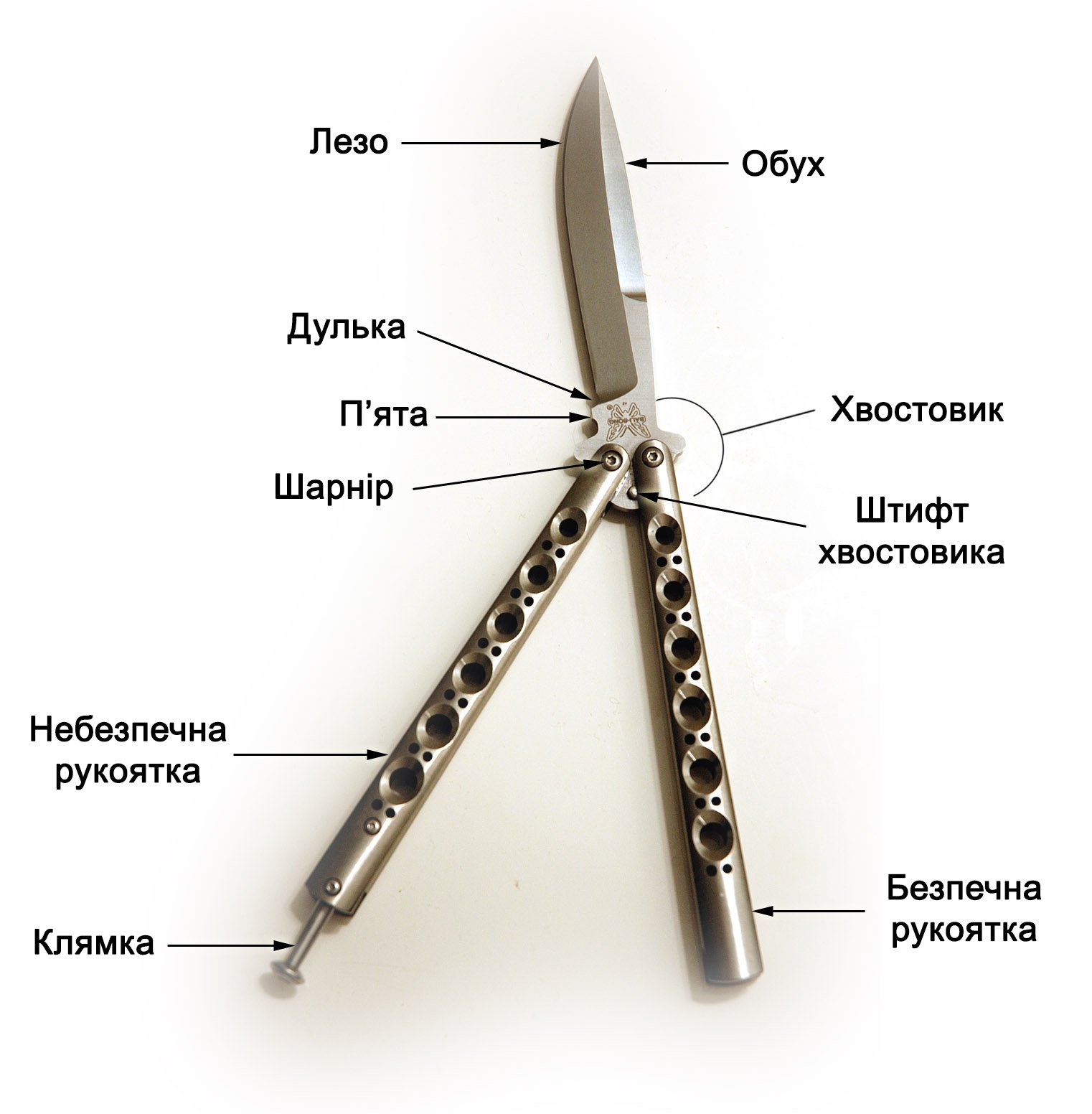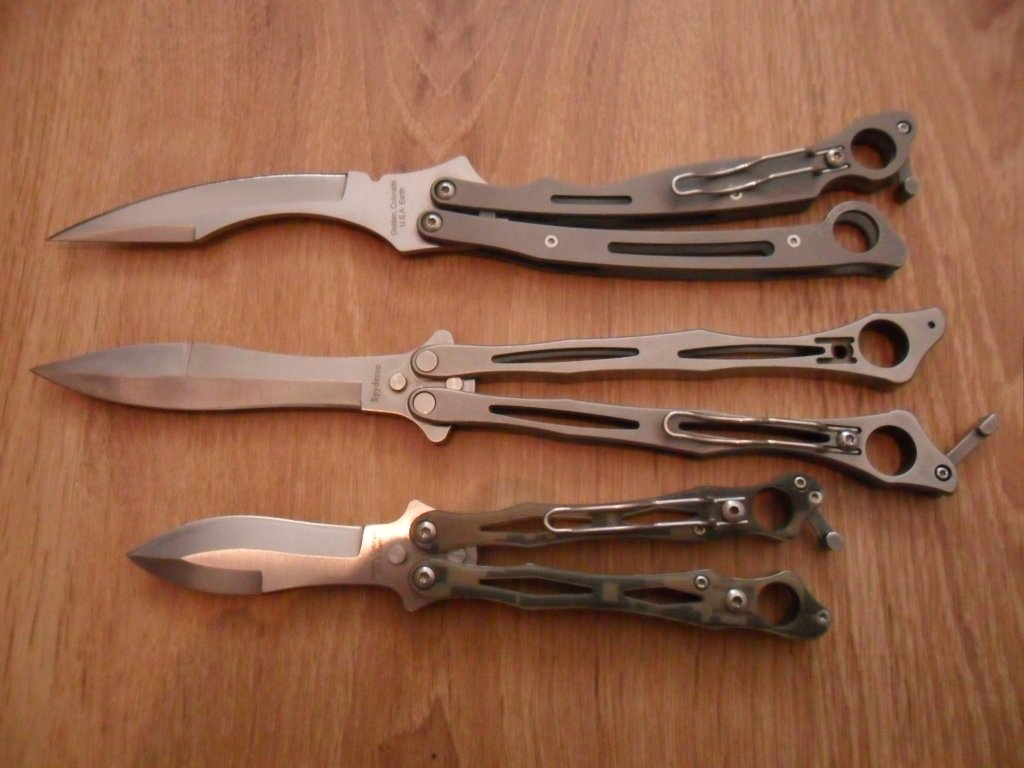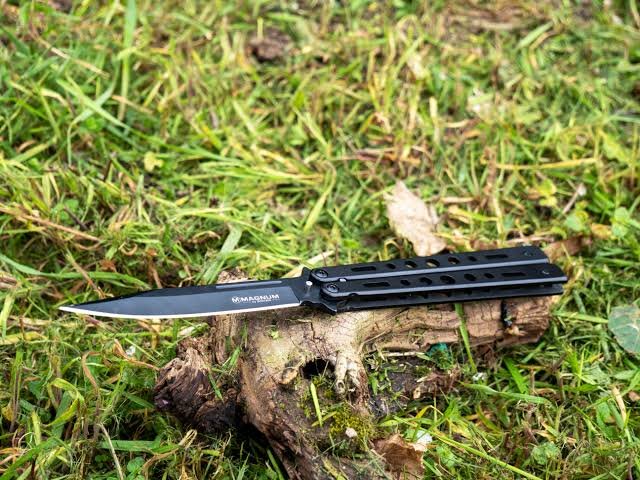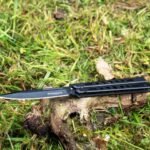Introduction

The butter fly knife, also known as a balisong, is a unique and intriguing tool that has captured the imaginations of people around the world for decades. With its distinctive design and versatile applications,
the butter fly knife has transcended its utilitarian origins to become a symbol of both artistic expression and danger. In this extensive article, we will delve into the history of the butter fly knife, explore the various techniques associated with its use, and examine its role in modern culture.
Chapter 1: The Origins and Evolution of the Butterfly Knife

1.1 Early Beginnings
The origins of the butterfly knife are somewhat shrouded in mystery. While the exact time and place of its invention remain uncertain, it is widely believed that this unique folding knife design emerged in the Philippines. It is sometimes referred to as the “balisong,” which is derived from the Tagalog words “baling sungay,” meaning “broken horn,” a reference to the knife’s handle shape. The Philippines have a rich tradition of bladed weapons, and the butterfly knife is just one example of their craftsmanship.
1.2 Spread to the West
The butterfly knife made its way to the Western world in the early 20th century, primarily through the return of American servicemen from the Philippines after World War II. These veterans brought back not only stories of the balisong but also the knives themselves. The unique folding mechanism and distinctive handles captured the interest of many, and the butterfly knife quickly gained a following in the United States.
1.3 Legal and Cultural Challenges
The butterfly knife’s journey to the West was not without challenges. In many countries, its legality has been a subject of debate. Due to its association with criminal activity and the perception of being a dangerous weapon, butterfly knives have faced various restrictions and bans. However, these legal challenges have not deterred enthusiasts from appreciating and mastering the art of balisong manipulation.
Chapter 2: Anatomy of a Butterfly Knife

2.1 Basic Components
To understand the butterfly knife, it’s crucial to familiarize oneself with its basic components:
Blade: The blade is the most critical part of the knife. It can vary in length, design, and material, and it serves the primary function of cutting.
Handles: The butterfly knife has two handles, which are also known as scales. These handles can be made from a wide range of materials, such as metal, wood, or even plastic. The handles are essential for the knife’s folding and flipping action.
Tang Pins: Tang pins, often referred to as pivot pins, are what hold the handles and blade together. These pins allow the butterfly knife to pivot and swing open or closed.
Latch: A latch or latch mechanism is used to secure the handles when the knife is closed, preventing it from accidentally opening. It is a safety feature and can vary in design.
2.2 Blade Styles
Butterfly knives come in various blade styles, including:
Clip Point: Characterized by a concave curve on the spine of the blade, with a sharp, pointed tip
Tanto: Known for its angular, straight-edged design and a sharp point suitable for piercing.
Drop Point: Featuring a curved, non-reversed edge with a rounded point.
Spear Point: A symmetric blade with a point that is in the center of the blade.
The choice of blade style can significantly impact the knife’s performance and intended use.
Chapter 3: Techniques and Manipulation
3.1 The Art of Flipping
One of the most captivating aspects of the butterfly knife is its ability to flip open and closed with style and precision. This art of flipping, also known as “balisong manipulation,” has become a respected discipline within the knife community. The manipulation of the butterfly knife involves a wide array of tricks and movements, ranging from basic flips to intricate, mesmerizing routines.
3.2 Basic Moves
Here are some fundamental moves that beginners often start with when learning butterfly knife manipulation:
Opening: The basic butterfly knife maneuver, which involves flipping the knife open. There are several techniques to achieve this, such as the “fan” and “roll” methods.
Closing: Safely and smoothly closing the knife is essential. There are multiple ways to accomplish this, including the “pinch close” and “half-twirl.”
Aerials: Aerial tricks involve tossing the butterfly knife into the air, performing tricks or spins, and catching it safely upon descent.
3.3 Advanced Techniques
As enthusiasts progress in their skill, they can explore more advanced butterfly knife manipulation techniques, which may include:
Chaplins: A chaplin is a move where the butterfly knife rotates around the index finger.
Helix: This involves spinning the knife around a circular path in a continuous motion.
Y2K Rollover: A complex move where the knife flips over in a 360-degree motion.
Behind the 8 Ball: A challenging trick that involves keeping the butterfly knife in constant motion.
Mastering these techniques requires dedication, practice, and a deep understanding of the butterfly knife’s mechanics.
Chapter 4: The Butterfly Knife in Pop Culture
4.1 Hollywood and the Butterfly Knife
The butterfly knife has made several appearances in popular culture, particularly in movies and television. It has been used as a symbol of skill, danger, and even rebellion. Notable films like “The Outsiders” and “Kick-Ass” featured characters skilled in balisong manipulation, using it as an extension of their personalities.
4.2 Symbolism in Music
The butterfly knife’s unique and elegant design has also made its way into the world of music. It has been referenced in various song lyrics, serving as a symbol of dexterity and finesse. Songs from artists like Eminem, Cypress Hill, and others have mentioned the butterfly knife, highlighting its cultural significance.
4.3 Tattoo Artistry
The butterfly knife has been a popular subject for tattoo enthusiasts. Its intricate design and association with skill and danger have made it a compelling choice for body art. Tattoo artists often incorporate the butterfly knife into larger pieces or design standalone tattoos featuring this distinctive knife.
Chapter 5: Legalities and Restrictions
5.1 Legal Status Worldwide
The legal status of butterfly knives varies from country to country and, in some cases, from state to state. Some regions classify them as restricted or prohibited weapons, while others consider them collectibles or tools. In the United States, for instance, butterfly knife laws vary significantly, with some states allowing open carry and others outright banning them.
5.2 The Impact of Legal Restrictions
The legal status of butterfly knives has had several consequences, both positive and negative. On the one hand, restrictions aim to reduce the potential harm caused by these knives. However, these restrictions also make it challenging for enthusiasts and collectors to pursue their interests without fear of legal repercussions. Advocacy efforts by butterfly knife enthusiasts have sought to raise awareness and promote responsible ownership.
Chapter 6: Modern Interpretations and Innovations
6.1 Contemporary Materials
Modern advancements in materials have allowed for innovative butterfly knife designs. Materials such as titanium, carbon fiber, and advanced polymers have given rise to lightweight yet durable balisong knives that are highly sought after by collectors and users alike.
6.2 Enhanced Safety Features
Butterfly knives today often feature improved safety mechanisms, making them less prone to accidental openings and closures. Some models come with latch systems that secure both handles when the knife is open, reducing the risk of injuries during manipulation.
6.3 Customization and Artistry
Many contemporary knife makers and artisans have embraced the butterfly knife as a canvas for their creativity. Customized handles, intricate engravings, and unique blade designs have turned butterfly knives into functional works of art. These customized pieces often command high prices and attract collectors who appreciate both their functionality and aesthetics.
Conclusion
The butterfly knife, with its mysterious origins, intricate manipulation techniques, and complex legal status, continues to hold a unique place in the world of bladed tools and collectibles. Its ability to combine form and function has captivated enthusiasts and artists, leading to a subculture of devoted practitioners who celebrate its elegance and dexterity. As the butterfly knife evolves with modern materials and design innovations, its legacy persists, firmly entrenching it in the world of edged weapons and cultural symbolism.










